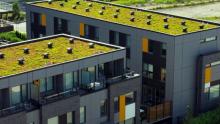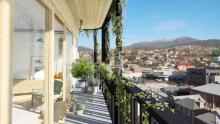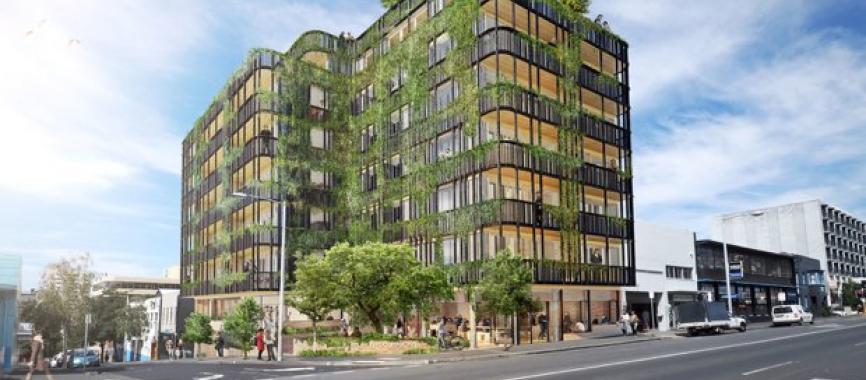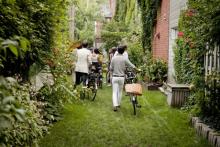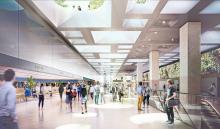Research by Livingroofs.org has created the first national picture of the market for green roofs. Dusty Gedge, the report’s co-author, discusses its findings and what can be done to further encourage urban green infrastructure
News
The redevelopment of the Centre for Environment, Fisheries and Aquaculture Science, better known as Cefas, will see some existing buildings, including a former hotel, demolished.
Green infrastructure has many purposes. Among them is food production, but do we use green infrastructure for this as much as we could?
Green roofs and vertical gardens are a growing area of investment for property developers and urban planners across Australia.
Trends come and go, but this one is underpinned by science. One recent study found that occupants of green-certified buildings have 26 percent higher cognitive function scores, sleep better, and report fewer health problems compared to those in uncertified buildings. As green roofs increase in popularity, it’s no surprise that architects are getting interested in green walls and their workplace potential.
When landscape architects attract flocks to urban centers, city dwellers are keen to look up.
More than 69 kilometers of laneways have been transformed by benches, bike parking and flower beds. If connected, they would be almost as long as the Montreal Metr.
In the third of the Clerkenwell Design Week blogs, Interface’s Biophilic Design Ambassador, Oliver Heath, explores the role of biophilic design in creating +Positive spaces™.
Melbourne Metro might very well be the first biophilic public transport project in Australia, if the recently-released Living Infrastructure Plan is a good indication of what the design and construction teams plan to deliver.

